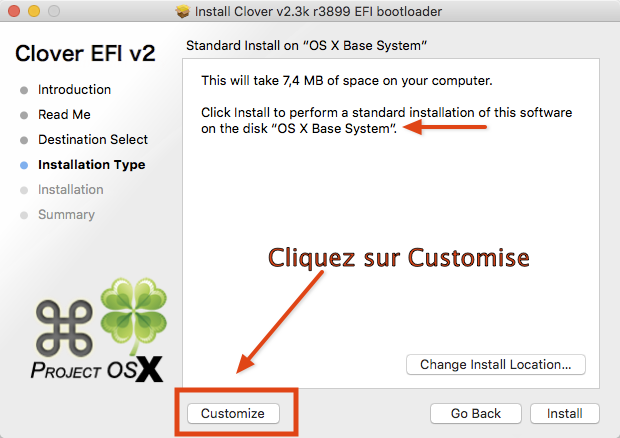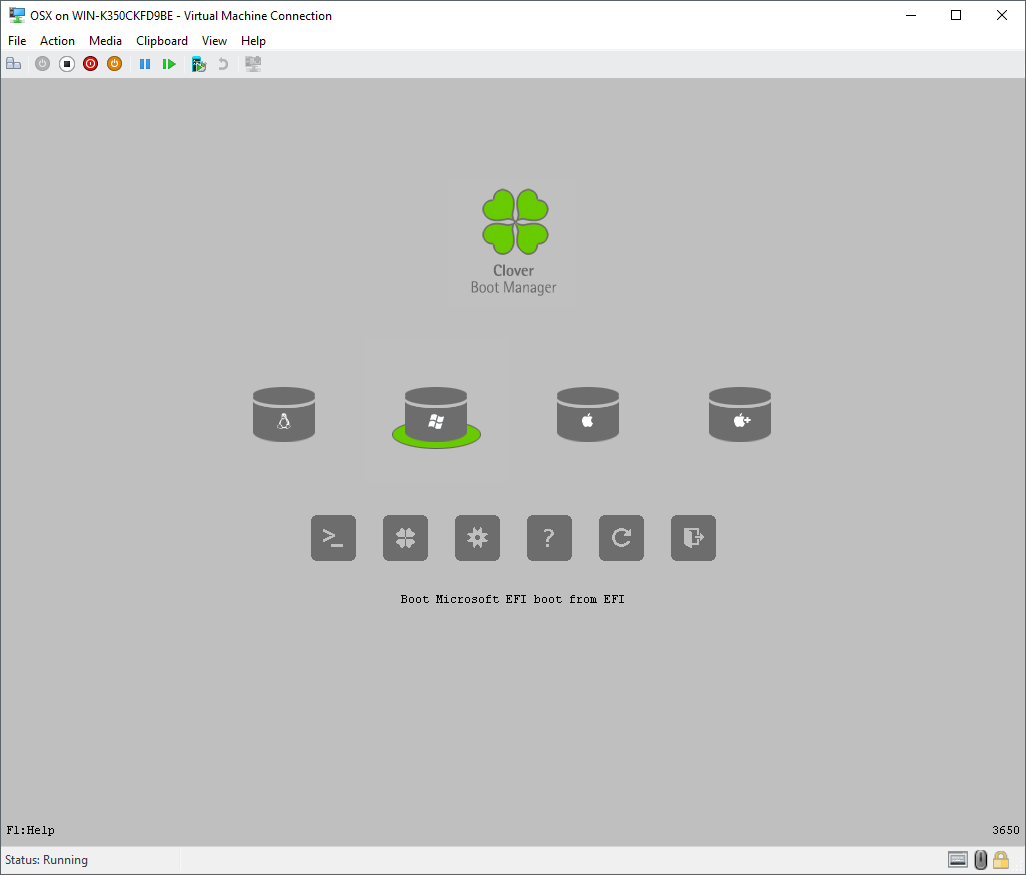

- Clover efi shell edit gives black screen install#
- Clover efi shell edit gives black screen update#
- Clover efi shell edit gives black screen Pc#
Second button in low row will perform the writing /EFI/CLOVER/CLOVERX64.EFI into BIOS as first boot option.
Clover efi shell edit gives black screen update#
Moreover Clover is able to write itself as boot option in UEFI BIOS to start the fileĪnd this is recommended configuration because BOOTX64.EFI and bootmgfw.efi will be rewritten at the next Windows update while CLOVER will stay forever. EFI/Microsoft/Boot/bootmgfw.efi -> /EFI/Microsoft/Boot/bootmgfw-orig.efiĬLOVERX64.EFI -> /EFI/Microsoft/Boot/bootmgfw.efiĬlover knows what is bootmgfw-orig.efi and is able to start it if we choose to start Windows from Clover. Some BIOSes have own interface to tune what application to start.Īs we want Clover then we have to mimic to the BIOS-known variant. Some BIOSes tuned to search /EFI/Microsoft/Boot/bootmgfw.efi Display seems to be working OK (I can see the ASUS logo on startup) and keyboard works too.
Clover efi shell edit gives black screen Pc#
Usually an UEFI BIOS searches /EFI/BOOT/BOOTX64.EFI. I have a problem: my PC will not boot Windows 10, and when I try to load UEFI BIOS I just get a black screen. Modern computers have UEFI BIOS which is much larger then legacy BIOS and able to start some EFI-applications from some drives. It can be installed from macOS by commandĭd if=/dev/rdisk0s1 count=1 bs=512 of=origbsĭd if=origbs of=newbs skip=3 seek=3 bs=1 count=87 conv=notruncĭd if=newbs of=/dev/rdisk0s1 count=1 bs=512 We have several variants but recommended one is boot0af So use boot1hfs on HFS+ filesystem, use boot1f32 on FAT32 filesystem, boot1ex on exFAT file system and more.Īfter years of investigations we decided to choose one case:ĭrive must be formatted to GPT and have first partition EFI formatted to FAT32. The program PBR intended to use on the specific file-system.

The program boot0 searches the partition table of the drive, finds first partition position (PBR) on the drive and reads there first one or two sectors named boot1. The BIOS read first sector (MBR) from the physical drive into memory and start is as a program written in 16bit codes. Old computers (legacy computers) have legacy BIOS which is able to boot some drive HDD, CDROM or USB-HDD.

When you power on your computer you see BIOS which want to start some operating system. If you want to make this manually then read carefully. I have a problem: my PC will not boot Windows 10, and when I try to load UEFI BIOS I just get a black screen. sudo update-grub and you're good to go on all fronts.Each Clover revision contains file Clover***.pkg which is macOS executable installer to make all work automatically.
Clover efi shell edit gives black screen install#
From the command prompt, install the X11 framebuffer driver with apt install xserver-xorg-video-fbdev and once complete, invoke systemctl reboot to restart your computer and see if the framebuffer drivers solve the issue.Īdd modprobe.blacklist=radeon to your kernel boot parameters (and optionally gfxpayload=keep and/or vt.handoff=7 if you try them and find further improvement), nomodeset is not the answer here. At the recovery menu, first select the network option to enable your network interfaces, then root to be provided a root shell.

Basically the goal is to forego the horsepower of the graphics card early in the boot process and opt instead for the software-rendered framebuffer until such time as the graphics drivers have loaded successfully.įrom the rEFInd bootloader selection screen, highlight your preferred kernel and press F2 to show the advanced options, then select "Boot into recovery mode" or if it isn't offered, press F2 again and remove all the parameters after ROOT=XXXXXXXX-XXXX-XXXX-XXXX-XXXXXXXXXXXX, replacing them with rw nomodeset loglevel=6 recovery. That particular iMac vintage was fairly memorable for implementation, one which I've nicknamed the "Sierra Madre" as an homage to an engineering team that obviously declared "Badges? We ain’t got no badges! We don’t need no badges! I don’t have to show you any stinking badges!" when deciding how much of the nascent UEFI specification they would adhere to. With the limited information you've shared thus far, I can think of two likely means to improve the situation, ideally being implemented in tandem.


 0 kommentar(er)
0 kommentar(er)
